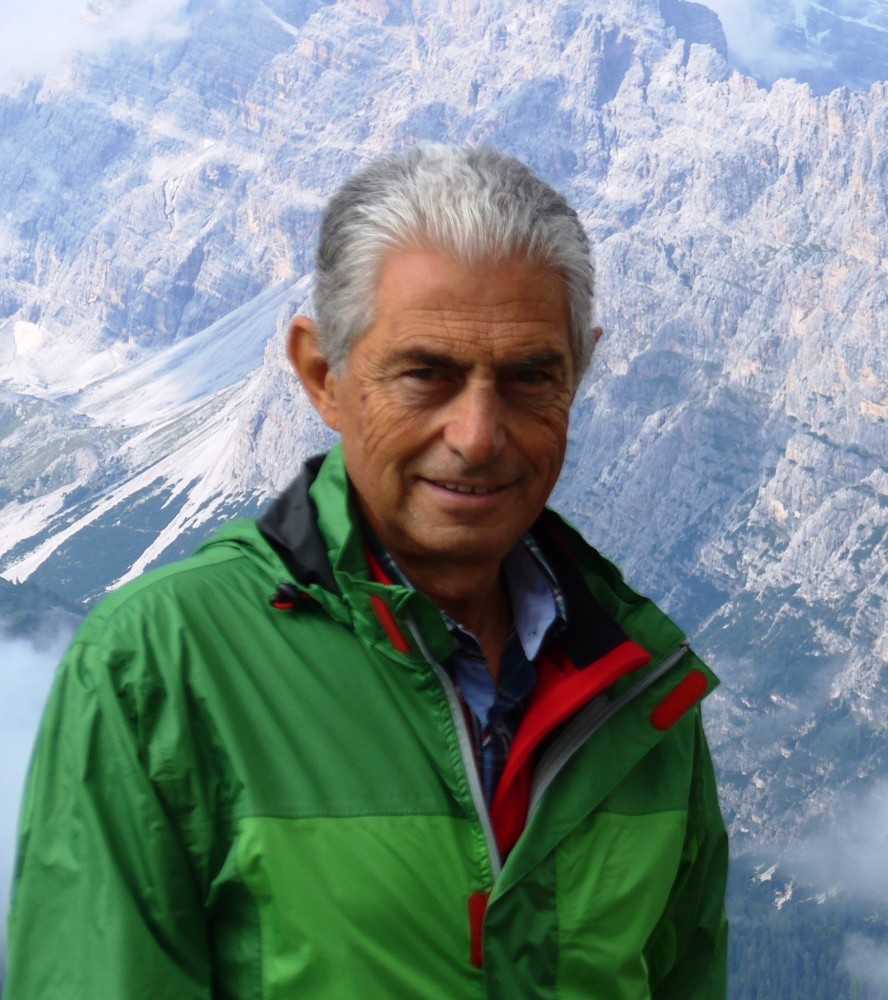Abstract
This article describes the origin and development of the Nephrology School in Bari, which has noble roots in the Italian Medical School. The narrative begins with the description of my initial interest in Internal Medicine, and later in Nephrology, highlighting the important role that a teacher has on their students during their university education.
The second section describes the creation and development of the Nephrology School in Bari, which was influenced by the knowledge gained abroad and by the international scientific relationships that have been developed over the years.
The third section describes the historical origins of the Nephrology School in Bari, which has grown considerably over the course of 30 years. Finally, after a brief mention of my family, I could not hide my passion for sports, particularly running and soccer. Cinema and theatre are also excellent means of reflection.
In conclusion, my heartfelt hope is that my students will always remember to pursue goals of scientific excellence and, when choosing someone to train as a potential young researcher in the future, to always observe the two founding principles of the School: professional and scientific reliability, respectively based on excellent clinical expertise and scientific production.
Keywords: Nephrology School, Nephrology, Dialysis, Transplant, Clinical Research





